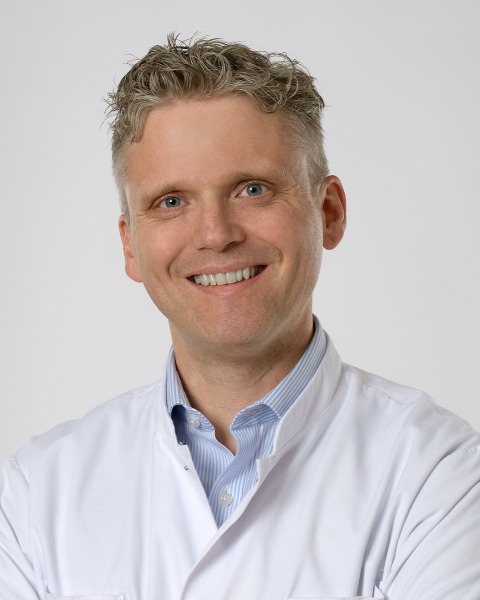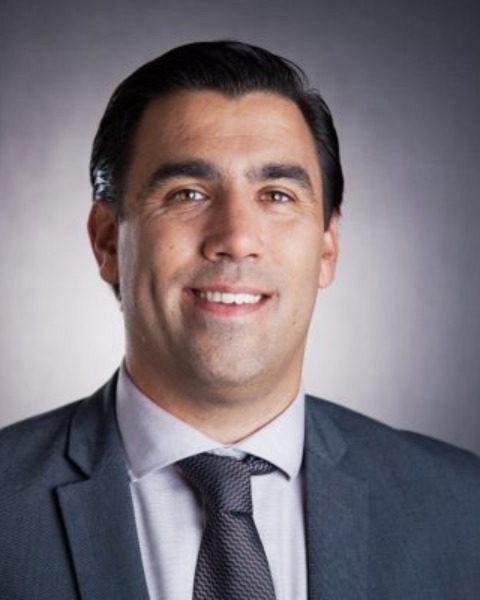Melanoma
59: Surgical considerations for resecting the index lymph node after neo-adjuvant checkpoint inhibitors: lessons learned from the PRADO trial

Winan J. van Houdt, MD, PhD, MS
Surgical oncologist
Netherlands Cancer Institute, Division of Surgical Oncology, Amsterdam, The Netherlands
Amsterdam, Netherlands- AK
Anke Kuijpers, MD, PhD
Surgical Oncologist
Netherlands Cancer Institute, Division of Surgical Oncology, Amsterdam, The Netherlands
Ansterdam, Noord-Holland, Netherlands - IR
Irene Reijers, MD
PhD student
Netherlands Cancer Institute - Antoni van Leeuwenhoek, United States - DG
Dirk Grunhagen, MD PhD
Surgical Oncologist
Erasmus MC Rotterdam, United States - YS
Yvonne Schrage, MD, PhD
Surgical Oncologist
Netherlands Cancer Institute, Division of Surgical Oncology, Amsterdam, The Netherlands, Netherlands - MW
Michel W.J.M. Wouters, MD, PhD
Surgical oncologist, professor Quality of Cancer Care
Netherlands Cancer Institute, Division of Surgical Oncology, Amsterdam, The Netherlands, Netherlands - CZ
Charlotte Zuur, Professor
Head and Neck surgeon
Netherlands Cancer Institute - Antoni van Leeuwenhoek, United States - WK
Willem Klop, MD PhD
Head and Neck surgeon
Netherlands Cancer Institute - Antoni van Leeuwenhoek, United States - Jv
Jos van der Hage, Professor
Surgical Oncologist
Leiden University Medical Center, United States - AW
Arjen J. Witkamp, MD PhD
Surgical Oncologist
UMC Utrecht
Utrecht, United States - Bv
Bart van der Wiel, MD PhD
Pathologist
Netherlands Cancer Institute - Antoni van Leeuwenhoek, United States - RS
Robyn Saw, MBBS, FRACS, MS
Surgeon
Melanoma Institute Australia, The University of Sydney, Sydney, NSW, Australia, United States - TP
Thomas Pennington, MBBS, FRACS
Surgeon
Melanoma Institute Australia, The University of Sydney, Sydney, NSW, Australia, United States - KS
Kerwin Shannon, MBBS, FRACS
Head and Neck surgeon
Melanoma Institute Australia, United States - AS
Andrew Spillane, MBBS, MD, FRACS
Surgeon
Melanoma Institute Australia, The University of Sydney, Sydney, NSW, Australia, Australia - RS
Richard Scolyer, BMedSci MBBS MD FRCPA FRCPath(UK) FAHMS
Medical Director
Melanoma Institute Australia, Australia - GL
Georgina V. Long, MBBS PhD
Medical Oncologist
Melanoma Institute Australia, United States - CB
Christian Blank, MD PhD
Medical Oncologist
Netherlands Cancer Institute - Antoni van Leeuwenhoek, United States 
Alexander C.J van Akkooi, MD, PhD (he/him/his)
Surgical Oncologist
Melanoma Institute Australia / University of Sydney, Faculty of Medicine and Health / Royal Prince Alfred Hospital, Department of Melanoma and Surgical Oncology
Sydney, New South Wales, Australia
Abstract Presenter(s)
Author(s)
In the PRADO trial, patients received two cycles of ipilimumab (1 mg/kg) and nivolumab (3 mg/kg) followed by resection of a marked index lymph node (ILN). A therapeutic lymph node dissection (TLND) was performed as a 2nd operation only when patients did not have a major pathological response (MPR) defined as < 10% vital tumor cells in the ILN, or for other reasons including recurrence in the nodal basin during follow up. To analyze if we are able to prevent a two-step operation approach, we assessed if baseline clinicopathological parameters could predict which patients would have a higher risk of needing a TLND and where the intermediate step of an ILN resection could possibly be omitted.
Methods:
We collected data from the CRF of patients included in the PRADO trial (NCT02977052). Extra parameters were collected retrospectively from the patient files. Differences between the groups were analyzed with Pearson Chi-squared test for categorical parameters, student’s T test for normally distributed continuous data and the Mann Whitney U test as non-parametric test.
Results:
In total 99 patients in the PRADO trial were available for analysis of which 36 received TLND due to no MPR or other reasons, and 63 did not. Clinical and treatment-guided reasons for performing TLND were pathological non-response in 21 patients (58%), pathological partial response in 8 patients (22%), recurrence in the nodal basin during follow up after MPR in previous ILN (n=3, 8%), failure of marker retrieval during ILN (n=2, 6%), suspicious lymph node on postoperative CT (n=1, 3%) and palliative resection for local control with progressive disease (n=1, 3%). Reasons to withhold TLND were MPR (n=55, 87%), patient refusal to have any operation (n=1, 2%), no TLND on patient request (n=3, 5%), and no TLND because of distant metastasis (n=4, 6%). Tumor characteristics of the included patients are shown in Table 1. Median follow-up time of all patients in the trial was 37.9 months (95% CI 37.1-40.9). When comparing patients with or without TLND, neither age, gender, T stage, the number of positive nodes on baseline PET CT, total tumor burden nor previous positive sentinel nodes, impacted the risk of having a TLND at any point in time.
Conclusions:
Of all patients that were treated with neo-adjuvant double checkpoint inhibition in the PRADO trial, the majority did not need a TLND either immediately or during follow up. Classical tumor and nodal characteristics are not predictive for the need to undergo a TLND at any point in time, therefore patients cannot be selected upfront for TLND.
Learning Objectives:
- describe the surgical considerations of performing an index lymph node resection after neo-adjuvant immunotherapy for stage III melanoma.
- describe clinicopathological characteristics that predict the risk of needing a therapeutic lymph node dissction after neo-adjuant immunotherapy in stage III melanoma
- list possible benefits using an index lymph node procedure in the neo-adjuvant setting
